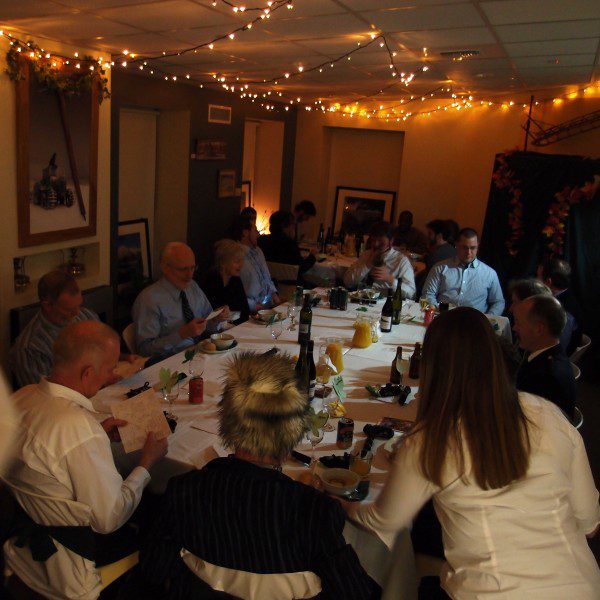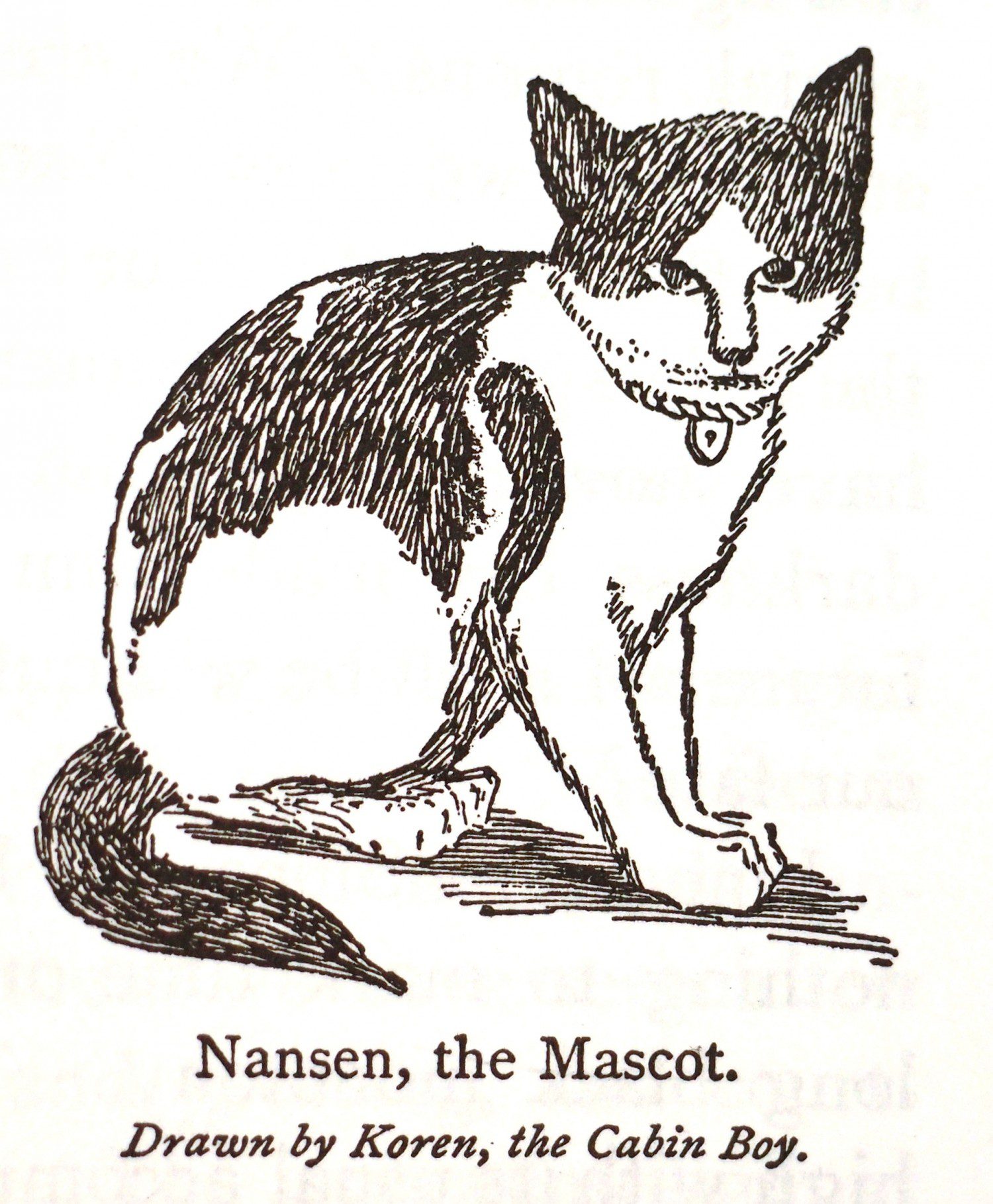Midwinter
By Sue Bassett
Midwinter is upon us, for those in the southern hemisphere at least. For those of us in Antarctica, midwinter is traditionally a time of celebration and feasting. We’ve reached our shortest day—our darkest day—and now we move towards the return of the light and the return of the sun in a couple of months’ time. Definitely a milestone to be celebrated!

Antarctic Heritage Trust – midwinter
But where did this ‘tradition’ begin, on a continent with a very short history? Certainly not with the members of the Belgian Antarctic Expedition who, in 1898, became the first expeditioners to winter in Antarctica after being trapped in the ice aboard their ship ‘Belgica’. For them it was all doom and gloom, with tales of ‘dreary, cheerless days’, of hardship, extreme discontent, illness and tragedy. Midwinter was described as ‘the darkest day of the night; a more dismal sky and a more depressing scene could not be imagined’. And, to add ‘another cloud to the hell of blackness’, their beloved cat, Nansen, succumbed to the long darkness at midwinter, and died.
 Credit unknown
Credit unknown Nansen, the ‘Belgica’ cat
The midwinter tradition should probably be credited to Robert Falcon Scott, who on his first expedition just four years later describes the festivities of midwinter 1902 in some detail. There were decorations ‘with designs in coloured papers and festooned with chains and ropes’ and ‘the tables were loaded with plum puddings, mince pies, and cakes’. There were speeches, presents, sing-songs, champagne, and great revelry, with which, Scott records, ‘we agreed that life in the Antarctic regions was worth living’.
As we at Scott Base hung the decorations, opened gifts and tucked into our 9-course midwinter dinner, shared with some good friends from neighbouring McMurdo Station, we couldn’t have agreed more. Salute!


 Antarctic Heritage Trust
Antarctic Heritage Trust